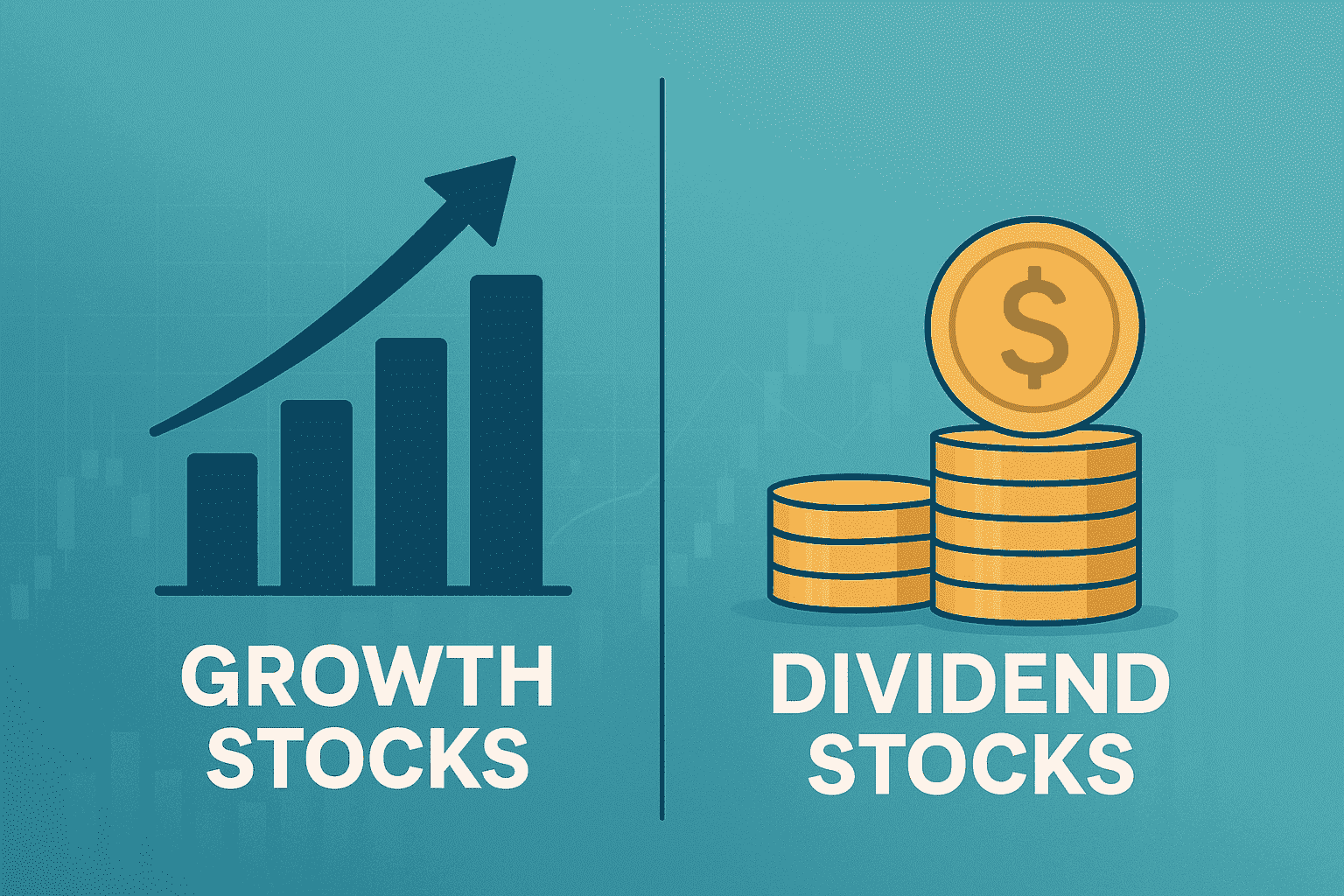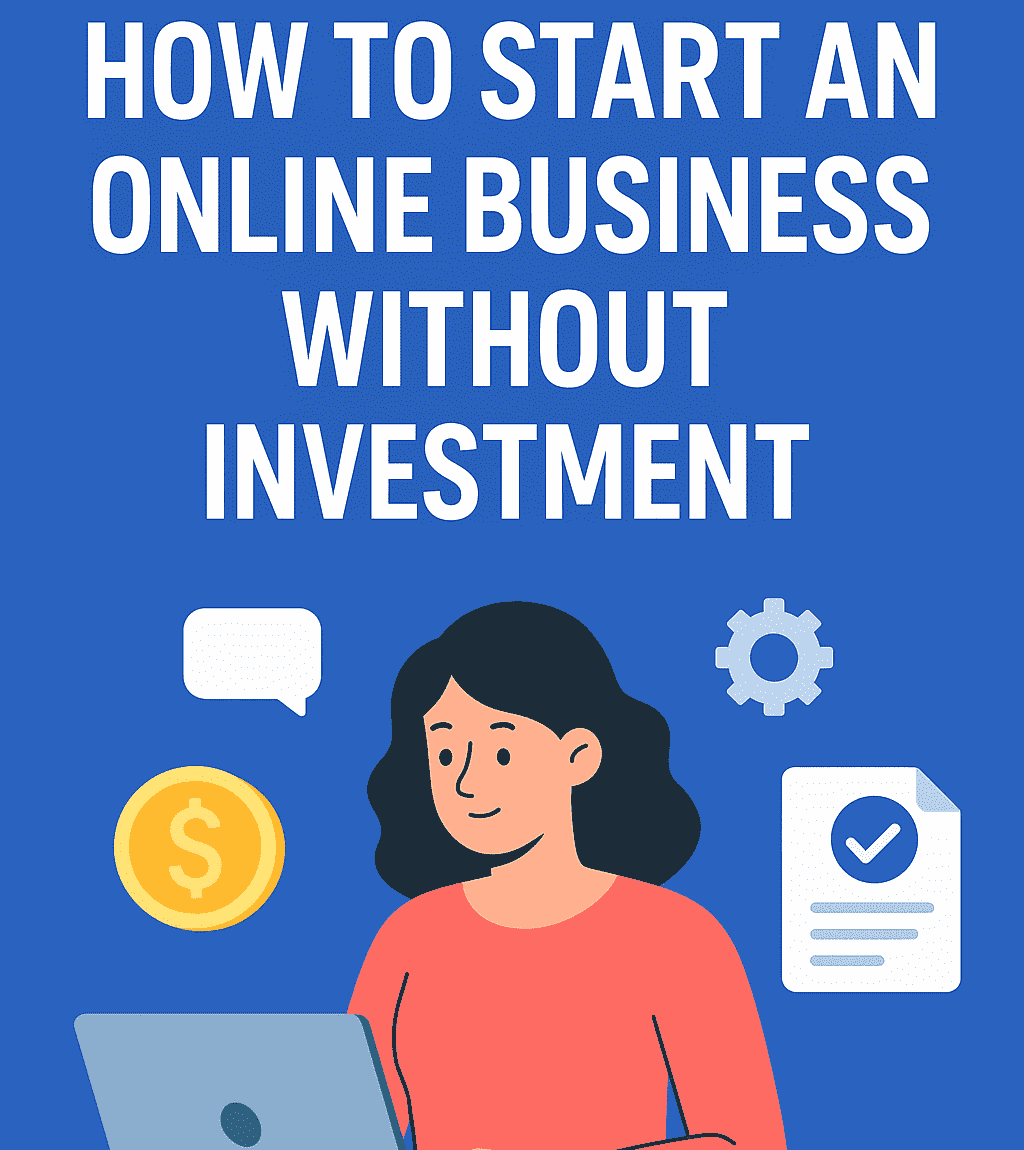In today’s fast-paced world, many of us are searching for ways to boost our income and achieve financial freedom. Whether you’re saving for a dream vacation, paying off debt, or simply looking to pad your savings account, a side hustle can be the perfect solution. The beauty of side hustles is that they offer flexibility, allowing you to work around your existing commitments and pursue something you’re passionate about. From creative endeavors to service-oriented gigs, there’s a side hustle out there for everyone.
In this article, we’ll explore 15 exciting side hustle ideas based on the Side Hustle Database that can help you make extra money while doing something you enjoy.
1. Become an IRL or Online Tutor
Tutoring is a flexible side hustle that can be done in person (IRL) or online. It involves helping students improve their understanding of specific subjects, ranging from elementary school topics to college-level courses. Online platforms such as Tutor.com or Wyzant can connect you with students, while local advertisements can help you find in-person opportunities.
According to Side Hustles Database, tutors can earn between $15 to $100 per hour, depending on their expertise and the subject matter. Specialized subjects like advanced mathematics or science can command higher rates. Online platforms may take a commission, but they also provide a steady stream of students.
How to Get Started:
- Identify your subject expertise and target audience.
- Create a profile on tutoring platforms or advertise locally.
- Set competitive rates based on your experience and market demand.
- Prepare teaching materials and schedule sessions according to your availability.
2. Start a Blog or Newsletter
Blogging or creating a newsletter allows you to share your knowledge, hobbies, or interests with a broader audience. This side hustle requires consistent content creation and audience engagement. Platforms like WordPress or Substack can help you get started with minimal upfront costs.
Income from blogging or newsletters can vary widely. Successful bloggers can earn from $100 to several thousand dollars per month through advertising, affiliate marketing, sponsored content, and selling products or services.
How to Get Started:
- Choose a niche that you are passionate about and has an audience.
- Set up a blog using platforms like WordPress or start a newsletter with Substack.
- Consistently create valuable content to grow your audience.
- Monetize your blog through ads, affiliate links, or selling products.
Learn more about how to make money with blogging here.
3. Become a Transcriber or Translator
Transcription involves converting audio files into written text, while translation requires converting text from one language to another. Both roles demand excellent listening and language skills. Websites like Rev and Upwork offer opportunities for transcribers and translators.
Transcribers can earn between $15 to $30 per hour, while translators might earn $20 to $50 per hour, depending on language pairs and expertise. Specialized fields like legal or medical translation can offer higher pay.
How to Get Started:
- Assess your language skills and choose a niche.
- Sign up on platforms like Rev, TranscribeMe, or Upwork.
- Complete sample tests to demonstrate your skills.
- Build a portfolio and gather client testimonials to increase your rates.
4. Start a Podcast
Podcasting involves creating audio content on topics of interest. It can be a great way to share your expertise or entertain an audience. Platforms like Anchor or Spotify make it easy to distribute your podcast to a wide audience.
Podcasters can earn money through sponsorships, listener donations, and merchandise sales. While initial earnings might be low, successful podcasts can generate significant income once they build a large audience.
How to Get Started:
- Choose a podcast niche and format.
- Invest in quality recording equipment and editing software.
- Record and edit your episodes, then publish them on platforms like Anchor.
- Promote your podcast through social media and collaborate with other podcasters.
5. Rent Out Your Home or a Spare Room
Renting out your home or a spare room can be a lucrative side hustle, especially if you live in a desirable location. Platforms like Airbnb or Vrbo connect you with travelers looking for short-term accommodations.
Earnings depend on location, property type, and rental frequency. Hosts can earn anywhere from $500 to several thousand dollars per month. Special events or peak tourist seasons can significantly increase your income.
How to Get Started:
- Prepare your space by ensuring it is clean and well-furnished.
- Create a listing on platforms like Airbnb, including high-quality photos and a detailed description.
- Set competitive pricing based on local market rates.
- Manage bookings and communicate promptly with guests to maintain high ratings.
6. Offer Pet Sitting and Dog Walking Services
Pet sitting and dog walking are ideal for animal lovers who want to earn extra income. These services involve caring for pets while their owners are away, which can include feeding, walking, and providing companionship. This side hustle offers flexibility and the opportunity to work with a variety of animals.
Pet sitters and dog walkers can earn between $15 to $30 per hour, depending on location and the services offered. Additional services such as overnight stays or pet grooming can increase earnings.
How to Get Started:
- Decide on the types of services you will offer (e.g., walking, sitting, overnight care).
- Create a business plan, including pricing and service areas.
- Obtain necessary licenses and insurance to operate legally.
- Market your services through social media, local advertisements, and by joining platforms like Rover or Wag.
7. Deliver Groceries and Other Items
Delivering groceries and other items is a convenient side hustle for those who enjoy driving and want to work flexible hours. This involves picking up and delivering orders to customers’ homes using apps like Instacart, DoorDash, or Uber Eats.
Drivers can earn between $10 to $25 per hour, with potential tips increasing overall income. Earnings depend on location, demand, and the number of deliveries completed.
How to Get Started:
- Sign up with delivery platforms such as Instacart, DoorDash, or Uber Eats.
- Ensure you have a reliable vehicle and smartphone.
- Familiarize yourself with the app’s interface and delivery procedures.
- Begin accepting delivery requests and aim to provide excellent customer service to earn tips.
8. Become an Affiliate Marketer
Affiliate marketing involves promoting products or services and earning a commission on sales made through your referral links. This can be done through blogs, social media, or YouTube channels. It’s a low-cost way to start earning passive income.
Affiliate marketers can earn from a few hundred to thousands of dollars per month, depending on their audience size and engagement. Commissions typically range from 5% to 30% per sale.
How to Get Started:
- Choose a niche that aligns with your interests and expertise.
- Create a platform (blog, social media, YouTube) to share content and affiliate links.
- Join affiliate programs through networks like Amazon Associates, ShareASale, or ClickBank.
- Produce valuable content that encourages your audience to make purchases through your links.
9. Mow Lawns and Do Other Landscaping Tasks
Lawn care and landscaping are excellent side hustles for those who enjoy working outdoors. Services can include mowing, trimming, planting, and general garden maintenance. This work is seasonal but can be highly lucrative during peak months.
Earnings can range from $30 to $50 per hour, depending on the services offered and the local market. Specialized services like landscape design can command higher rates.
How to Get Started:
- Acquire basic landscaping tools like a lawnmower, trimmer, and rake.
- Research local market demand and set competitive prices.
- Advertise your services through flyers, social media, and local community boards.
- Provide high-quality service to build a loyal client base and gain referrals.
10. Monetize a YouTube Channel
Creating and monetizing a YouTube channel involves producing video content on topics you are passionate about. Monetization can occur through ads, sponsorships, and merchandise sales. This side hustle requires creativity and consistency.
YouTube earnings vary widely, from a few dollars to thousands per month. Income is generated through ad revenue, sponsorships, and viewer donations. Building a large, engaged audience is key to maximizing earnings.
How to Get Started:
- Choose a niche and create a YouTube account.
- Produce high-quality, engaging videos and upload them consistently.
- Apply for the YouTube Partner Program once you meet the eligibility criteria (1,000 subscribers and 4,000 watch hours).
- Explore additional revenue streams like sponsorships and merchandise sales.
11. Start a Dropshipping Business
Dropshipping is an e-commerce business model where you sell products online without holding any inventory. Instead, when a customer makes a purchase, the order is fulfilled by a third-party supplier who ships the product directly to the customer. This model minimizes upfront costs and allows you to focus on marketing and customer service.
Dropshipping can be highly profitable, with some entrepreneurs earning over $100,000 annually. However, profit margins can be slim, typically ranging from 15% to 20% due to competition and supplier costs.
How to Get Started:
- Choose a Niche: Identify a target market with high demand and low competition.
- Find Reliable Suppliers: Use platforms like AliExpress or SaleHoo to find suppliers with quality products and good reputations.
- Set Up an Online Store: Create an e-commerce website using platforms like Shopify or WooCommerce.
- Market Your Store: Utilize social media, SEO, and paid advertising to attract customers.
12. Become a Rideshare Driver
Rideshare driving involves using your vehicle to transport passengers via platforms like Uber or Lyft. It offers flexible working hours and the opportunity to meet new people while earning money.
Earnings vary by location and demand, ranging from $5 to $26 per hour. Drivers can increase their income through tips, bonuses, and surge pricing during peak hours.
How to Get Started:
- Meet Requirements: Ensure you have a valid driver’s license, a reliable four-door vehicle, and meet age and driving experience criteria.
- Sign Up: Apply through the rideshare platform’s website and complete the necessary background checks.
- Familiarize Yourself with the App: Learn how to use the app effectively to manage rides and maximize earnings.
13. Participate in Paid Online Surveys
Paid online surveys are a simple way to earn extra money by providing feedback to companies on their products and services. This side hustle can be done from home and requires minimal effort.
While not highly lucrative, survey takers can earn a modest income, typically enough to cover small expenses like utility bills or daily coffee. Earnings vary based on the number of surveys completed and the platforms used.
How to Get Started:
- Sign Up on Reputable Platforms: Join sites like Swagbucks, InboxDollars, or Branded Surveys.
- Complete Your Profile: Ensure your profile is accurate to receive relevant survey opportunities.
- Set a Schedule: Dedicate specific times to completing surveys to maximize consistency and earnings.
14. Give Tours of Your Neighborhood
Neighborhood tours involve showcasing local attractions, history, and culture to tourists or new residents. This side hustle is ideal for those with a passion for storytelling and local knowledge.
Tour guides can charge per person or group, with rates varying based on the tour’s length and uniqueness. Earnings can be substantial, especially in tourist-heavy areas.
How to Get Started:
- Research Local Requirements: Check if your city requires a license or certification to conduct tours.
- Design Your Tour: Create a unique itinerary highlighting interesting stories and landmarks.
- Advertise Your Services: Use platforms like Airbnb Experiences or local tourism websites to reach potential clients.
15. Offer Digital Marketing Services
Digital marketing involves promoting products or services online through various channels such as social media, SEO, and email marketing. This side hustle is well-suited for those with marketing skills and a desire to help businesses grow online.
Digital marketers can earn from a few hundred to several thousand dollars per month, depending on their expertise and the scope of services offered.
How to Get Started:
- Gain Skills and Certification: Consider obtaining a digital marketing certification to enhance credibility.
- Define Your Services: Decide on the specific services you will offer, such as SEO, PPC, or social media management.
- Find Clients: Use networking, online platforms, and cold outreach to acquire your first clients and build a portfolio.














Leave a Reply